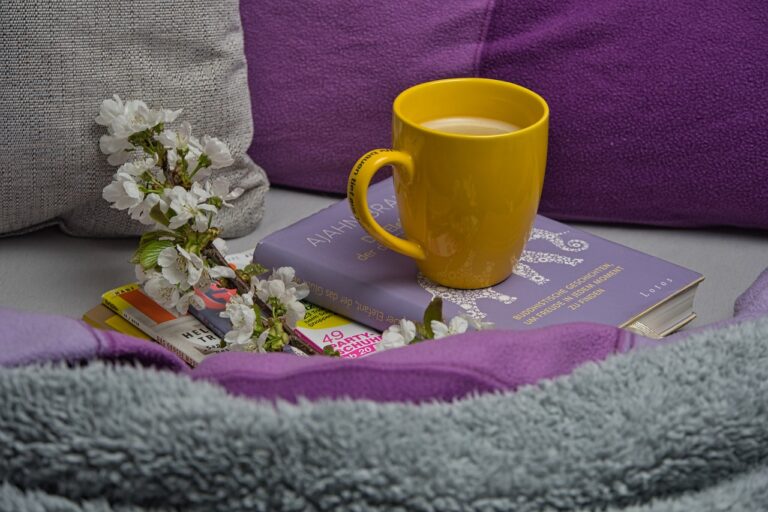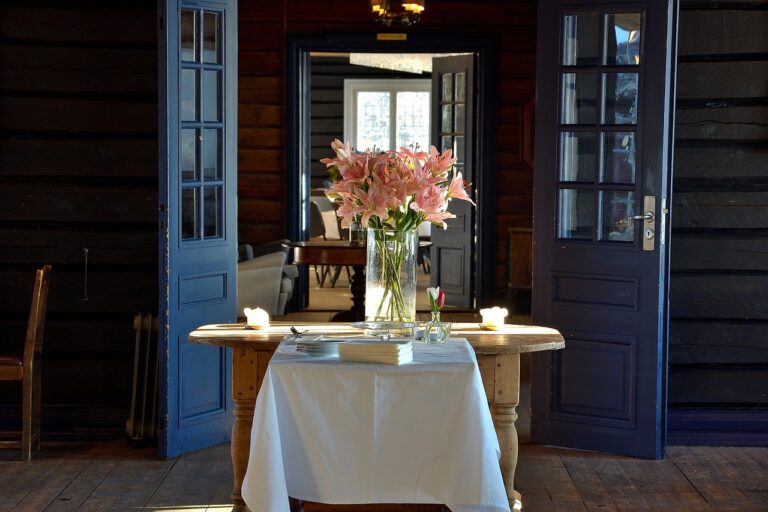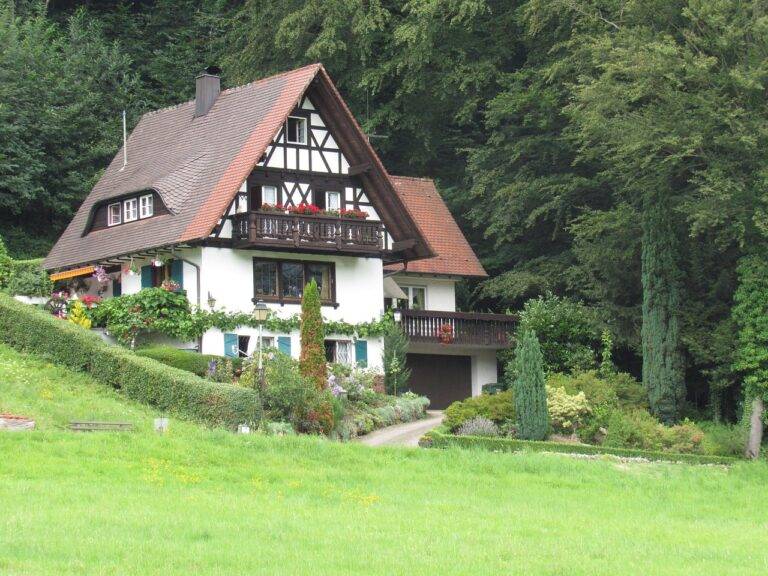The Psychology of Home Lighting: Creating Ambiance and Functionality
Lighting plays a crucial role in influencing the mood and behavior of individuals in various settings. Whether it’s the soft glow of warm lighting in a cozy living room or the bright, white light in a workspace, different lighting conditions can evoke different emotional responses. Studies have shown that exposure to natural light can enhance feelings of well-being and productivity, while harsh artificial lighting can lead to feelings of stress and fatigue.
Furthermore, the color temperature of light bulbs also plays a significant role in setting the tone of a room. Warm-toned lighting with lower color temperatures around 2700K tends to create a more inviting and relaxing atmosphere, perfect for areas where people want to unwind and socialize. On the other hand, cooler-toned lighting with higher color temperatures around 5000K is often used in spaces where focus and alertness are required, such as offices and study areas. Understanding how lighting and color temperature can influence mood and behavior is essential in creating the desired ambiance for different environments.
The Role of Color Temperature in Setting the Tone of a Room
When it comes to designing spaces, one of the key factors that greatly influences the mood and ambiance of a room is the color temperature of the lighting used. Color temperature refers to the warmth or coolness of the light emitted by a light source, measured in Kelvin (K). Understanding how different color temperatures can impact the overall feel of a room is essential in creating the desired atmosphere.
Warm color temperatures, such as those around 2700-3000K, tend to create a cozy and inviting ambiance, perfect for living rooms, bedrooms, and dining areas. These warm tones evoke a sense of comfort and relaxation, making the space feel more intimate and welcoming. On the other hand, cool color temperatures above 4000K can create a more energizing and stimulating environment, ideal for workspaces, kitchens, and bathrooms. The crisp and bright light of cooler temperatures can help increase alertness and productivity in these areas.
What is color temperature?
Color temperature is a way to describe the color of light emitted by a light source. It is measured in Kelvins, with lower temperatures indicating warmer, yellowish light and higher temperatures indicating cooler, bluish light.
How does color temperature impact the mood of a room?
The color temperature of lighting in a room can have a significant impact on the mood and feel of the space. Warmer tones create a cozy and intimate atmosphere, while cooler tones can make a room feel more energetic and modern.
What color temperature is best for a relaxing environment?
For a relaxing environment, warmer color temperatures in the range of 2700K to 3000K are ideal. This soft, yellowish light creates a cozy and inviting atmosphere that is perfect for unwinding.
How can I adjust the color temperature of the lighting in a room?
You can adjust the color temperature of your lighting by using different types of light bulbs. For warmer tones, choose incandescent or warm white LED bulbs. For cooler tones, opt for daylight or cool white LED bulbs.
Can color temperature affect productivity and focus?
Yes, the color temperature of lighting can impact productivity and focus. Cooler tones, around 5000K to 6500K, are often preferred in workspaces as they can help increase alertness and concentration.







